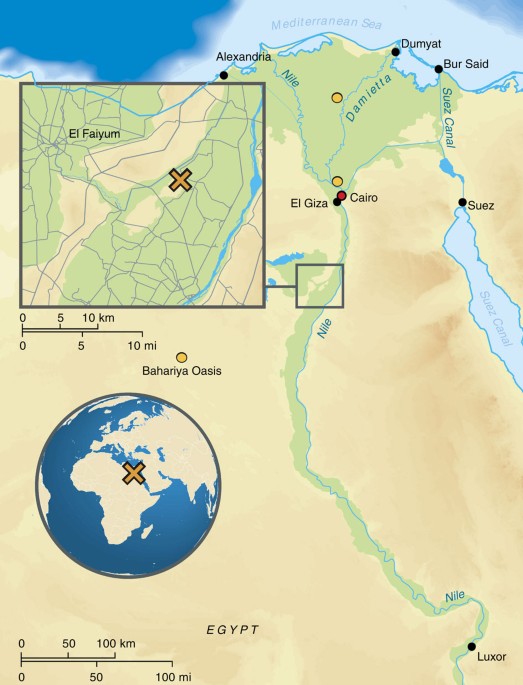Bro it's not replacement. I never said they were black and then turned coptic. I'm saying that it's likely they were more african( cushitic like probably) in more ancient times especially in the southern Egypt areas.This is an Afrocentric meme I heard before. It makes no sense as there is no evidence of mass population replacement in Egypt. Egyptians were farmers with an already huge population. The few nomadic Bedouin Arabs could not demographically replace them. As for the Romans/Greeks they were colonizing areas like how Europeans colonized Africa in the late 1800s/early 1900s - not much population replacement.. Just elite rule.
It is like Afars replacing Amharas or Oromos. They can't do it.
This study goes in detail . It basically says that they analised 151 Egyptian mummies mainly located in northern egypt and they found that they were even less african than modern egyptian. Not surprising.But it's just 151 mummies. The same article admits that more research is needed and that southern egypt may have been more nubian influenced and thus more african QUOTE:
It is possible that populations in the south of Egypt were more closely related to those of Nubia and had a higher sub-Saharan genetic component, in which case the argument for an influx of sub-Saharan ancestries after the Roman Period might only be partially valid and have to be nuanced. Throughout Pharaonic history there was intense interaction between Egypt and Nubia, ranging from trade to conquest and colonialism, and there is compelling evidence for ethnic complexity within households with Egyptian men marrying Nubian women and vice versa. Clearly, more genetic studies on ancient human remains from southern Egypt and Sudan are needed before apodictic statements can be made.

Ancient Egyptian mummy genomes suggest an increase of Sub-Saharan African ancestry in post-Roman periods - Nature Communications
Archaeological and historical records had shown ancient Egypt before and after Ptolemaic and Roman periods to be a hub of human migration and exchange. Here, Schuenemann and colleagues analyse ancient mitochondrial and nuclear DNA to investigate the genetic history of Egypt.












